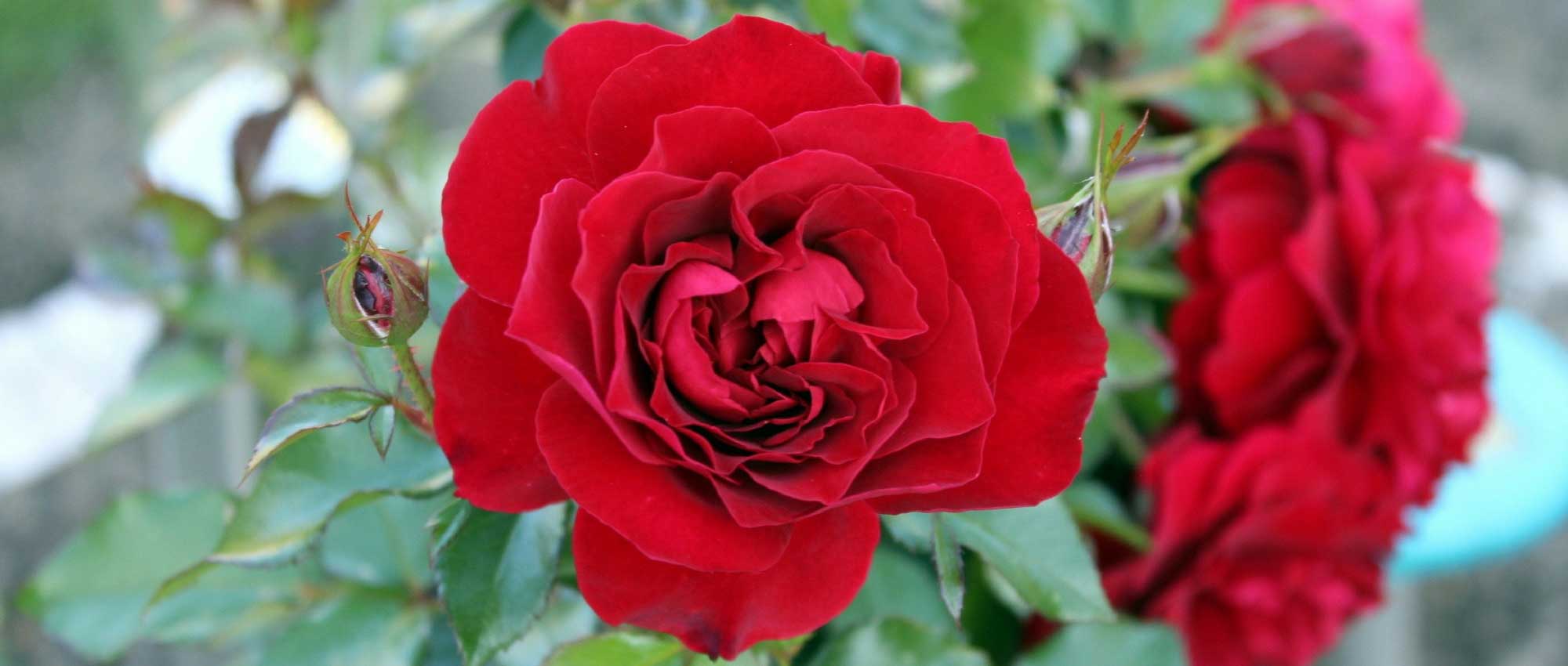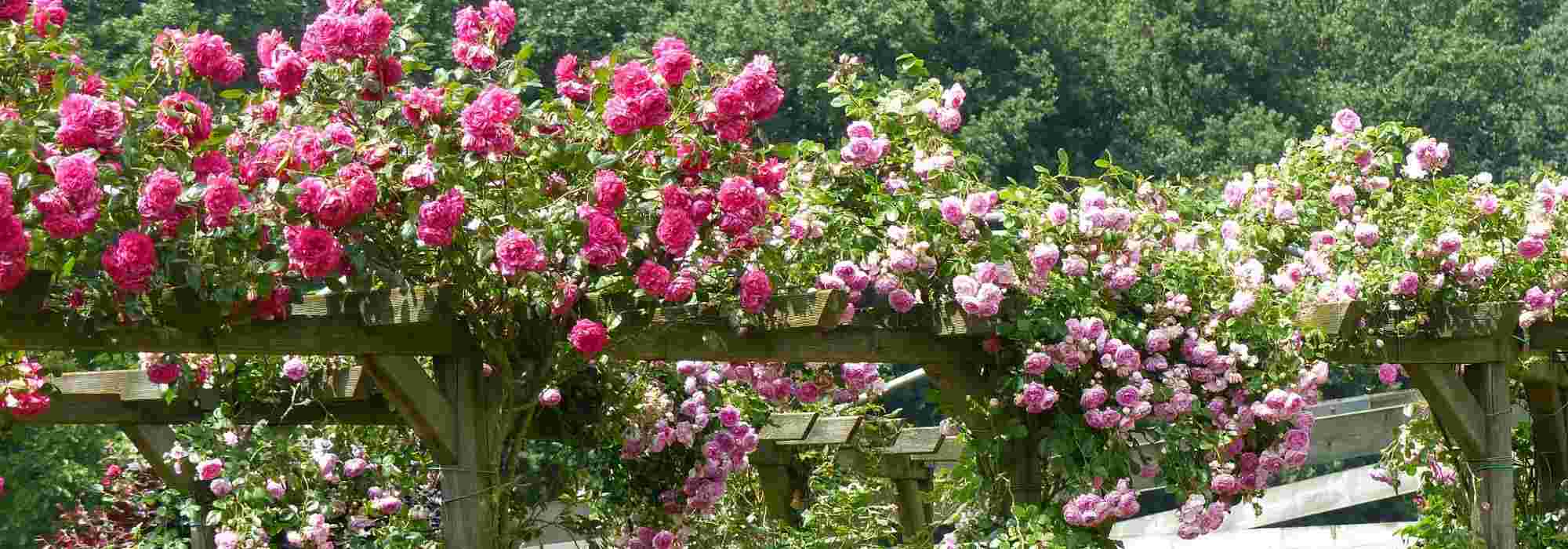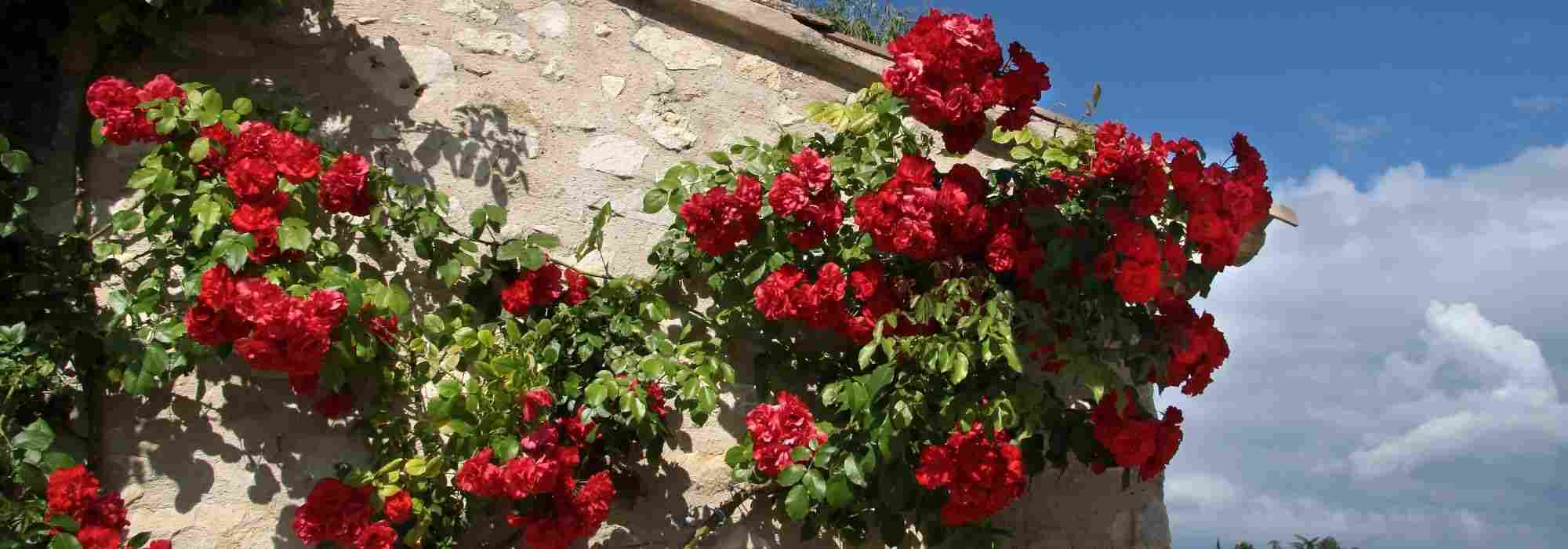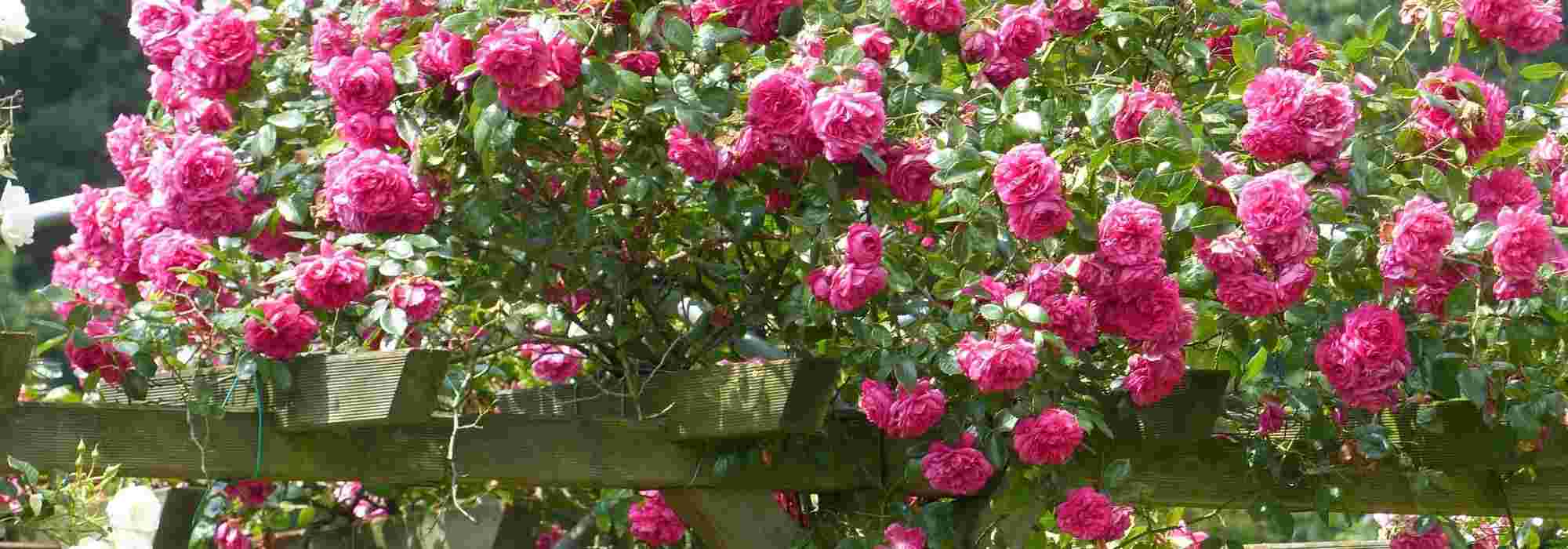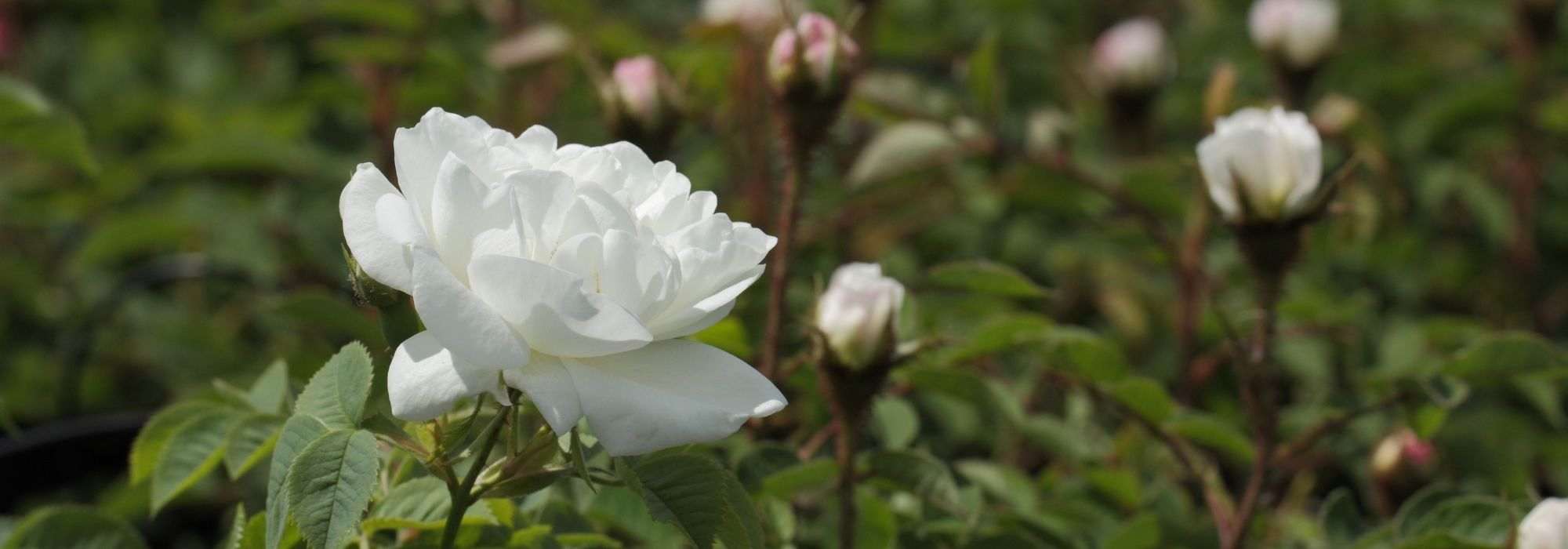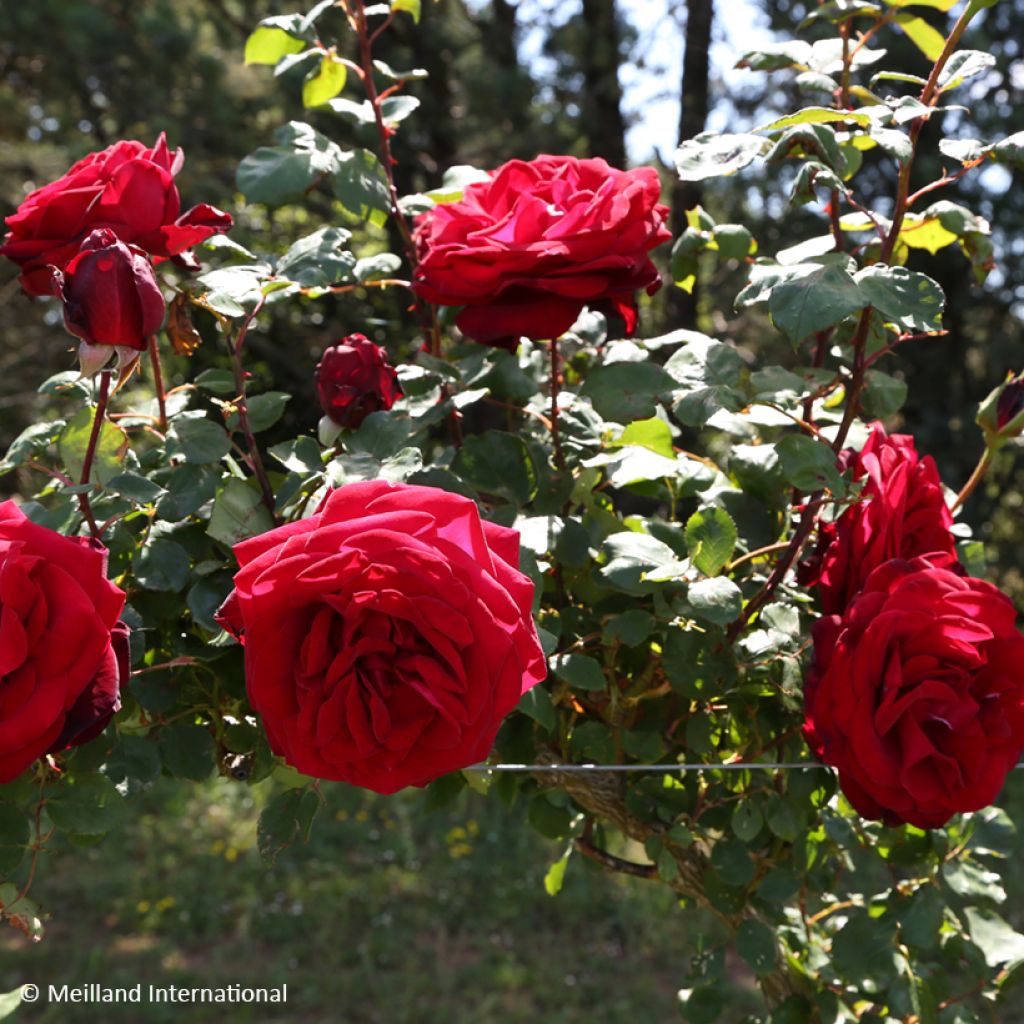

Rosa Edith Piaf Climbing - Climbing Rose
Rosa Edith Piaf Climbing - Climbing Rose
Rosa 'Meiramboysar' GPT EDITH PIAF®
Climbing Rose
Special offer!
Receive a €20 voucher for any order over €90 (excluding delivery costs, credit notes, and plastic-free options)!
1- Add your favorite plants to your cart.
2- Once you have reached €90, confirm your order (you can even choose the delivery date!).
3- As soon as your order is shipped, you will receive an email containing your voucher code, valid for 3 months (90 days).
Your voucher is unique and can only be used once, for any order with a minimum value of €20, excluding delivery costs.
Can be combined with other current offers, non-divisible and non-refundable.
Home or relay delivery (depending on size and destination)
Schedule delivery date,
and select date in basket
We guarantee the quality of our plants for a full growing cycle, and will replace at our expense any plant that fails to recover under normal climatic and planting conditions.

Description
A mutation of the famous bush rose of the same name, the 'Edith Piaf'® Meiramboysar climbing rose embodies elegance with its large, velvety, red flowers with an intense fragrance. Its vigorous habit reaching up to 3 metres in height makes it an ideal choice for adorning walls, pergolas, and fences. Its continuous, abundant flowering in spring and autumn persist throughout the summer. Its dark green, disease-resistant foliage enhances the deep brilliance of its blooms, creating a majestic presence in vertical garden arrangements.
The 'Edith Piaf'® Meiramboysar climbing rose is a variety introduced by Meilland in 2010, paying tribute to the French songwriters' icon by translating her passion and intensity through spectacular flowering. It belongs to the Rosaceae family and the group of Large-Flowered Climbing Roses. Its powerful climbing habit enables it to reach 2.5 to 3 metres in height, with woody climbing stems that can cover 12 to 15 m². Its rich, dark green, dense, and disease-resistant foliage harmoniously accompanies its sumptuous roses and remains healthy throughout the season. For optimal effect, it is recommended to train its branches horizontally, limiting sap rise and promoting abundant flowering along their entire length. Its velvety textured turbinate roses of an intense and deep red, enhances its refined allure. Formed of 55 to 60 petals, they form large romantic clusters borne on slightly shorter stems than those of bush roses. When in fully bloom, the roses reach 12 to 13 cm in diameter, revealing a powerful and refined fragrance with fruity hints of apricot and peach, subtly enhanced by a whiff of May Rose. Continuously floriferous, this rose offers a spectacular first flowering in spring, followed by more discreet blooming throughout the summer, before producing abundant reblooming in autumn.
TheEdith Piaf® climbing rose will naturally finds its place on a pergola, against a wall or tall fence, where it will display its long branches covered in blooms throughout the season. Its deep red, intense, and sophisticated colour harmonises perfectly with purple, white, or blue-violet hues, creating subtle and refined contrasts. For a romantic and balanced combination, it can be paired with a ‘The President’ clematis whose large blue-violet flowers will add a touch of freshness and lighten the density of its flowering. At its base, ‘Patricia’ geraniums will extend the colour palette with their bright magenta pink, and cover the ground with a flexible foliage that will soften the rose's structure. For a structural effect and interesting play of foliage, it could be accompanied by a Perovskia ‘Blue Spire’ whose airy silver-blue inflorescences will delicately contrast with the intensity of its roses. Planted alone or combined with other climbing plants, this rose will bring relief and elegance to both classic and more contemporary gardens.
Plant habit
Flowering
Foliage
Botanical data
Rosa
'Meiramboysar' GPT EDITH PIAF®
Rosaceae
Climbing Rose
Rosa 'Meiramboysar' GPT EDITH PIAF®
Cultivar or hybrid
Planting and care
Plant your Rosa 'Edith Piaf' in a rather sunny position. Roses are tolerant but will not like excessive lime and perform better in fertile, well-drained soil. They will adapt to any garden provided the ground is well worked and sufficiently rich. To plant your rose, prepare the soil by breaking it up finely and adding an amendment such as dried blood or dehydrated horn at the bottom of the planting hole. Water generously after planting to eliminate any air pockets. Water regularly for a few weeks to encourage rooting. At the end of winter, prune the oldest stems back to 3-5 buds above the ground (at the lowest point), choosing outward-facing buds for a more elegant habit. Take this opportunity to remove any dead wood and unsightly branches. Prune at an angle above a bud. As flowering progresses, deadhead to stimulate the growth of new buds.
If planting a climbing or rambling rose near a living tree, the rose's root system will compete with the well-established tree. To control watering, here's a tip: plant the rose in a large container with the bottom removed, placed at the base of the tree. The tree's roots won't penetrate the container for at least a year. Remove the container after one year, for example by cutting one side, without disturbing the rose's root system. The rose will have had time to develop a deep root system and will be more resilient.
Roses often develop spots or look unsightly by late summer, but this does not affect their growth. These spots are not harmful to the rose; it's a natural phenomenon. Follow all our advice to remedy this and read our article: Help: My Roses Have Spots
Planting period
Intended location
Care
Planting & care advice
This item has not been reviewed yet - be the first to leave a review about it.
Haven't found what you were looking for?
Hardiness is the lowest winter temperature a plant can endure without suffering serious damage or even dying. However, hardiness is affected by location (a sheltered area, such as a patio), protection (winter cover) and soil type (hardiness is improved by well-drained soil).

Photo Sharing Terms & Conditions
In order to encourage gardeners to interact and share their experiences, Promesse de fleurs offers various media enabling content to be uploaded onto its Site - in particular via the ‘Photo sharing’ module.
The User agrees to refrain from:
- Posting any content that is illegal, prejudicial, insulting, racist, inciteful to hatred, revisionist, contrary to public decency, that infringes on privacy or on the privacy rights of third parties, in particular the publicity rights of persons and goods, intellectual property rights, or the right to privacy.
- Submitting content on behalf of a third party;
- Impersonate the identity of a third party and/or publish any personal information about a third party;
In general, the User undertakes to refrain from any unethical behaviour.
All Content (in particular text, comments, files, images, photos, videos, creative works, etc.), which may be subject to property or intellectual property rights, image or other private rights, shall remain the property of the User, subject to the limited rights granted by the terms of the licence granted by Promesse de fleurs as stated below. Users are at liberty to publish or not to publish such Content on the Site, notably via the ‘Photo Sharing’ facility, and accept that this Content shall be made public and freely accessible, notably on the Internet.
Users further acknowledge, undertake to have ,and guarantee that they hold all necessary rights and permissions to publish such material on the Site, in particular with regard to the legislation in force pertaining to any privacy, property, intellectual property, image, or contractual rights, or rights of any other nature. By publishing such Content on the Site, Users acknowledge accepting full liability as publishers of the Content within the meaning of the law, and grant Promesse de fleurs, free of charge, an inclusive, worldwide licence for the said Content for the entire duration of its publication, including all reproduction, representation, up/downloading, displaying, performing, transmission, and storage rights.
Users also grant permission for their name to be linked to the Content and accept that this link may not always be made available.
By engaging in posting material, Users consent to their Content becoming automatically accessible on the Internet, in particular on other sites and/or blogs and/or web pages of the Promesse de fleurs site, including in particular social pages and the Promesse de fleurs catalogue.
Users may secure the removal of entrusted content free of charge by issuing a simple request via our contact form.
The flowering period indicated on our website applies to countries and regions located in USDA zone 8 (France, the United Kingdom, Ireland, the Netherlands, etc.)
It will vary according to where you live:
- In zones 9 to 10 (Italy, Spain, Greece, etc.), flowering will occur about 2 to 4 weeks earlier.
- In zones 6 to 7 (Germany, Poland, Slovenia, and lower mountainous regions), flowering will be delayed by 2 to 3 weeks.
- In zone 5 (Central Europe, Scandinavia), blooming will be delayed by 3 to 5 weeks.
In temperate climates, pruning of spring-flowering shrubs (forsythia, spireas, etc.) should be done just after flowering.
Pruning of summer-flowering shrubs (Indian Lilac, Perovskia, etc.) can be done in winter or spring.
In cold regions as well as with frost-sensitive plants, avoid pruning too early when severe frosts may still occur.
The planting period indicated on our website applies to countries and regions located in USDA zone 8 (France, United Kingdom, Ireland, Netherlands).
It will vary according to where you live:
- In Mediterranean zones (Marseille, Madrid, Milan, etc.), autumn and winter are the best planting periods.
- In continental zones (Strasbourg, Munich, Vienna, etc.), delay planting by 2 to 3 weeks in spring and bring it forward by 2 to 4 weeks in autumn.
- In mountainous regions (the Alps, Pyrenees, Carpathians, etc.), it is best to plant in late spring (May-June) or late summer (August-September).
The harvesting period indicated on our website applies to countries and regions in USDA zone 8 (France, England, Ireland, the Netherlands).
In colder areas (Scandinavia, Poland, Austria...) fruit and vegetable harvests are likely to be delayed by 3-4 weeks.
In warmer areas (Italy, Spain, Greece, etc.), harvesting will probably take place earlier, depending on weather conditions.
The sowing periods indicated on our website apply to countries and regions within USDA Zone 8 (France, UK, Ireland, Netherlands).
In colder areas (Scandinavia, Poland, Austria...), delay any outdoor sowing by 3-4 weeks, or sow under glass.
In warmer climes (Italy, Spain, Greece, etc.), bring outdoor sowing forward by a few weeks.






























